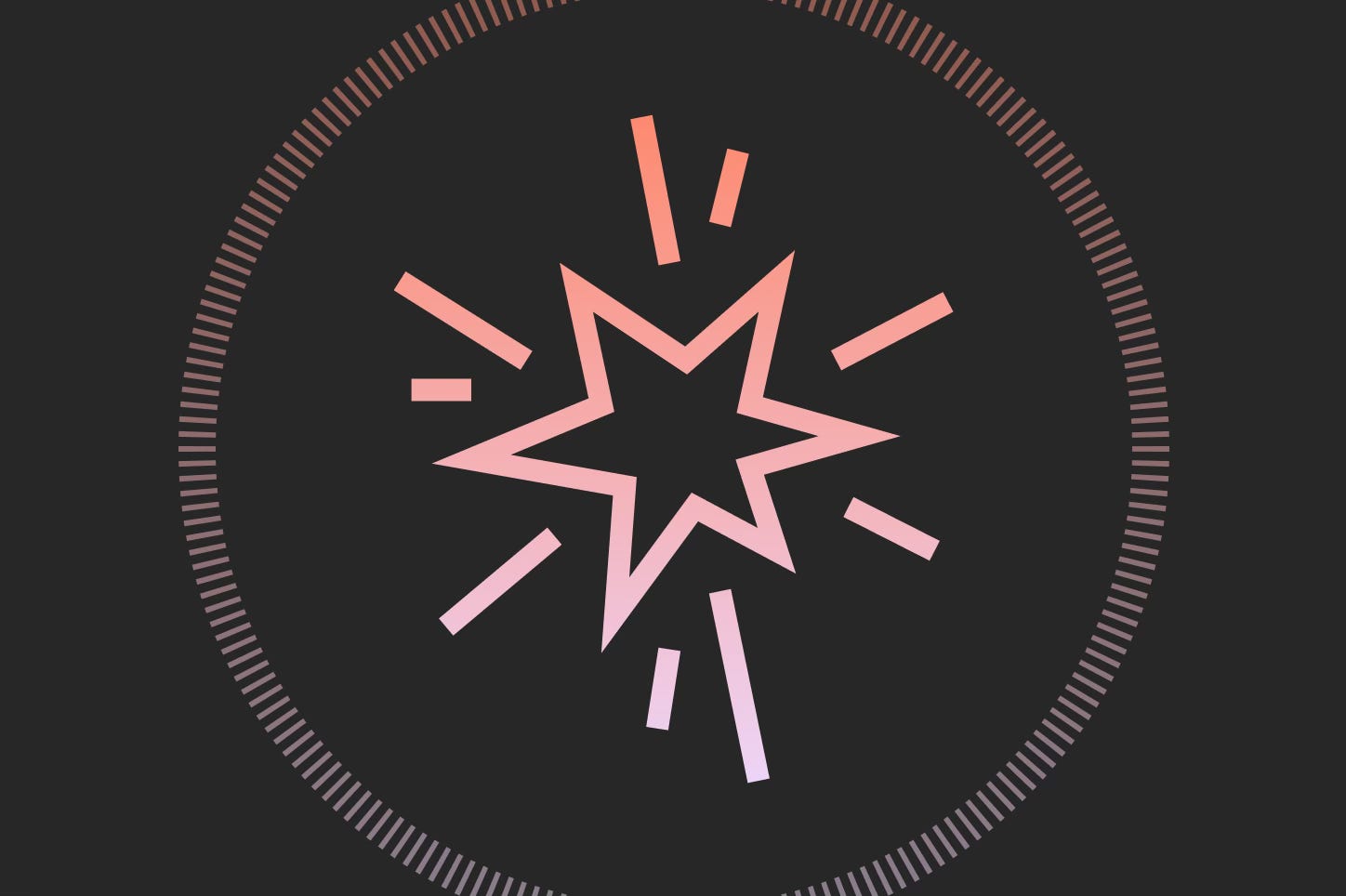From Function to Emotions in UX Design
#54: Is there a space for emotions in UX design?
Welcome to Fundament, a weekly product design newsletter where we share actionable tips and insightful stories with the worldwide design community.
From Function to Emotions in UX Design
Not long ago, Google released an update to its design system called Material 3 Expressive, which signals a new direction in Google's approach to design. Its goal is to cr…
Keep reading with a 7-day free trial
Subscribe to Fundament – Product Design Newsletter to keep reading this post and get 7 days of free access to the full post archives.


